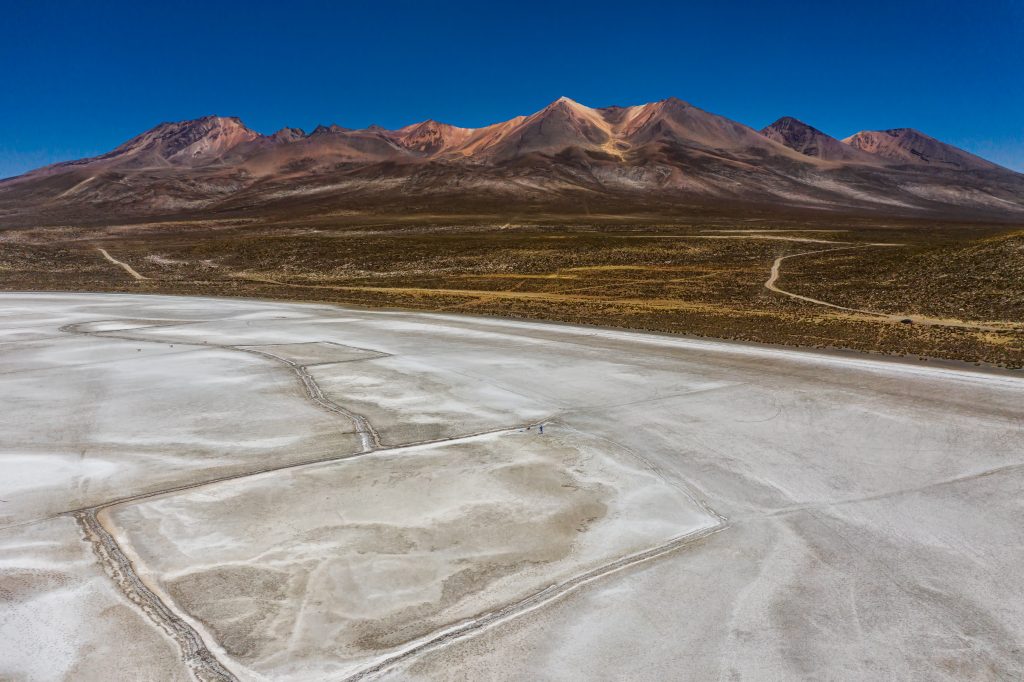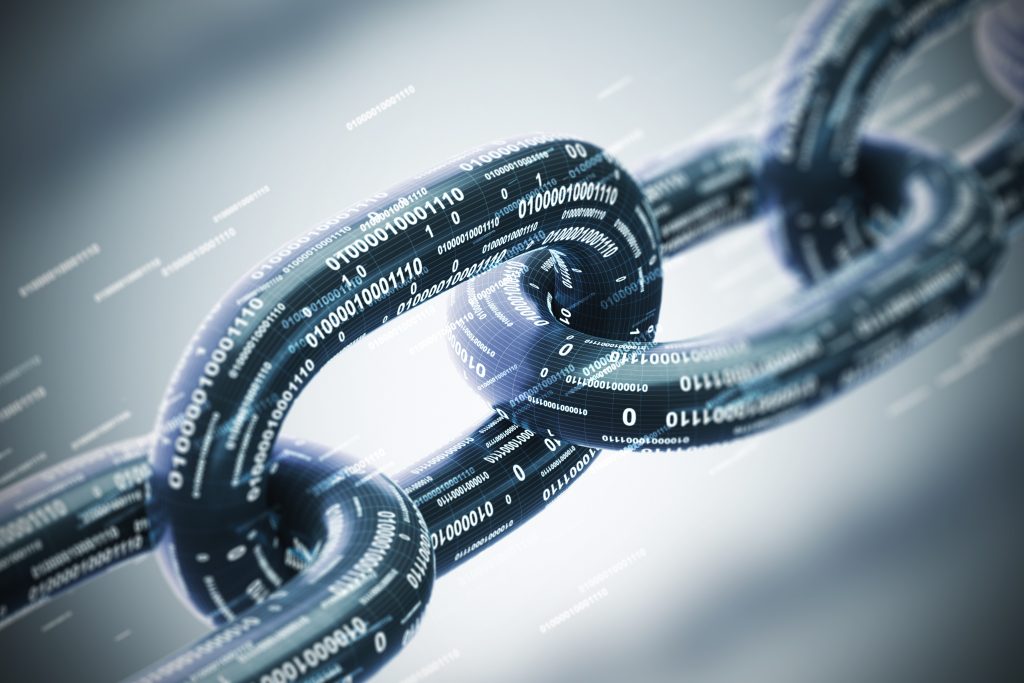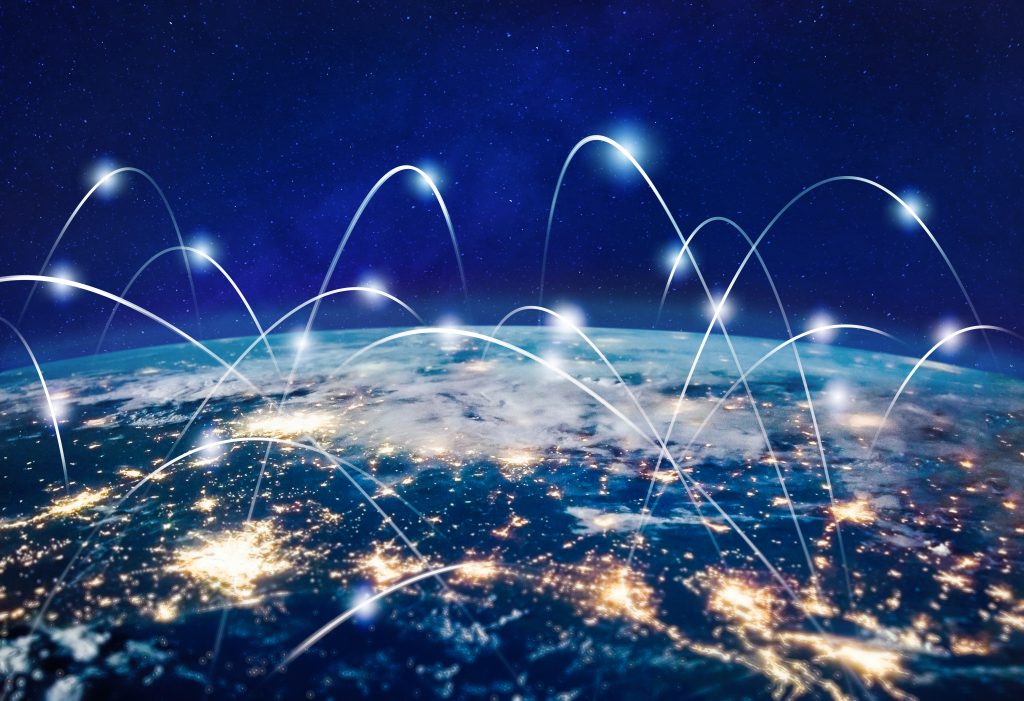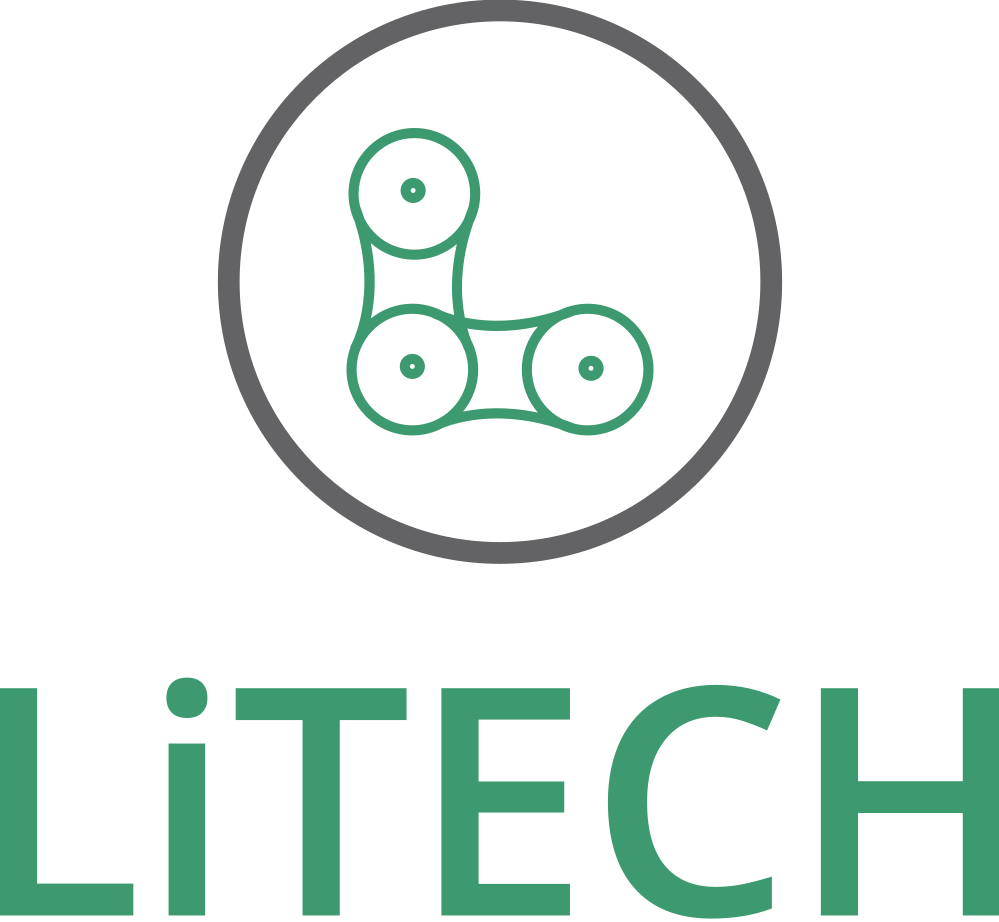
For decades Lithium has been extracted through hard rock mining or geothermal brine evaporation. The challenges with these methods is they are damaging for the environment. Hard rock mining directly affects the geography of our planet and geothermal evaporation leads to 95% water loss.
Recent technological advancements in lithium extraction have paved the way for water conservation and strategic thinking around resource management.
Direct Lithium Extraction (DLE) is a technology that has the ability to change the way we extract lithium for batteries, pharmaceuticals, and everyday use.
LiTech aims to bring transparency to where your lithium comes from by providing on-chain traceability starting with where the resource is mined all the way to consumer application.
Join LiTech in bringing sustainable and traceable transparency to the lithium supply chain.
The Role of Blockchain

Blockchain technology is relatively new and is experiencing global adoption in many industries. The lithium supply chain stands to benefit from the immutable nature of blockchain by establishing traceability and transparency from extraction to end user application of lithium resources.
By recording every transaction along the lithium supply chain on blockchain consumers experience unprecedented transparency. In partnering with direct lithium extraction companies, LiTech ensures that the lithium you have in your car or home has been mined with environmental and socially responsible methods.
Join LiTech in bringing transparency to the lithium supply chain.
What Does LiTech Do?

LiTech revolutionizes the lithium supply chain by bringing blockchain technology to its contact points. What this means is every time lithium changes hands, from extraction and mining, to refinement and battery cell manufacturing, that transaction is recorded on blockchain.
This immutable ledger brings transparency to where the lithium has been, who refined it, who placed it in the battery cell, and ultimately, who purchases it.
This record of transactions can be looked up on our digital product passport at any time giving a clear and transparent view of where the lithium traveled before it got to your battery.
FAQ
How Does Blockchain Work?
Blockchain is a decentralized digital ledger that records transactions across multiple computers, ensuring transparency and security. Each block in the chain contains a list of transactions, and once added, it cannot be altered, enhancing trust and preventing fraud. Participants (nodes) in the network validate transactions through consensus mechanisms, such as proof of work or proof of stake, making it a tamper-proof system for various applications beyond cryptocurrencies.
Blockchain Is Volatile. Why Use It?
While blockchain can experience price volatility in cryptocurrencies, it offers significant advantages in transparency, security, and efficiency. Blockchain’s immutable ledger and decentralized nature reduce fraud and tampering risks. It provides a secure way to verify and track transactions, making it valuable for various applications, including supply chain management, smart contracts, and ensuring trust in data integrity. Despite cryptocurrency fluctuations, blockchain’s underlying technology has far-reaching potential in diverse industries.
Why does there need to be visibility in the lithium supply chain?
Visibility in the lithium supply chain is essential to ensure sustainability, ethical practices, and quality control. It allows consumers, especially in the electric vehicle and renewable energy sectors, to trace the origin of lithium and verify its extraction methods. This transparency fosters confidence in the environmental and ethical standards of lithium production. It also supports the growth of responsible and eco-friendly lithium sourcing, which is crucial for reducing environmental impact and meeting renewable energy goals.
How do I access the digital product passport?
TBD.
What is Direct Lithium Extraction (DLE)?
Direct Lithium Extraction (DLE) is an advanced technology used to extract lithium directly from brine sources, such as geothermal brine or salar brine. It bypasses the need for traditional evaporation ponds and significantly accelerates the lithium extraction process. DLE methods typically involve selectively isolating lithium ions from brine using various techniques, such as ion-exchange resins or membranes, resulting in a more efficient and environmentally friendly way to obtain high-purity lithium for various industries, particularly battery production for electric vehicles and renewable energy storage systems.
How can I get our lithium on-chain?
TBD.
